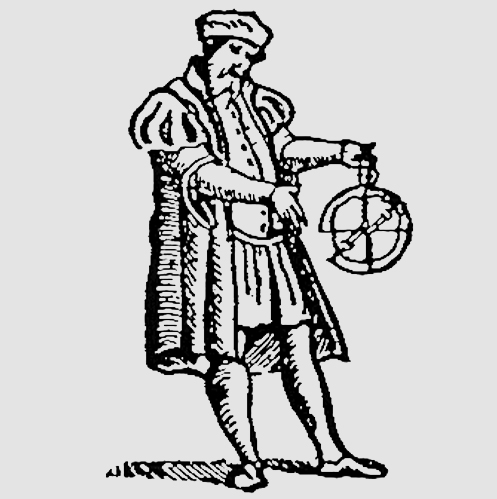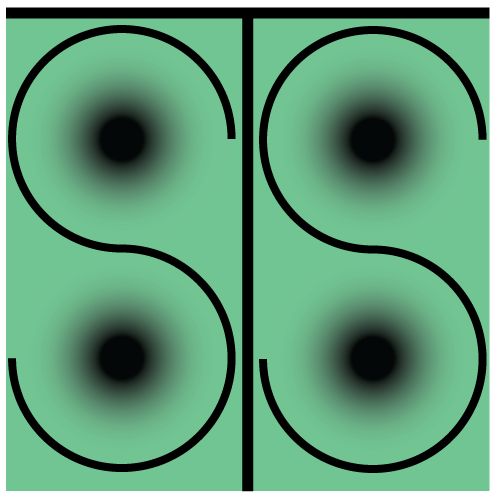Date/Time
Wednesday
24 Oct 2012
12:30 pm - 1:00 pm
Location
470 Stephens Hall
Event Type
Brownbag
Kenneth Bertrams
Visiting Scholar, Office for History of Science and Technology
Pioneering research by historians Forman and Kevles has increased our understanding of how the First World War put an end to the prevailing “ideology of scientific internationalism” giving way to a scientific community divided “into hostile political camps.” Taking up this trend, this presentation intends to nuance the impression of discontinuity by focusing on the Solvay Conferences on Physics and Chemistry, a supposed milestone in the development of scientific internationalism. The first Solvay Conference on Physics took place in Brussels in 1911 with the participation of prestigious physicists including Hendrik Lorentz, Max Planck, Albert Einstein, Ernest Rutherford, and Marie Curie. It was followed by another meeting in 1913, only to be interrupted by the invasion of Belgium by the German army and the outbreak of the war.
It will be argued that, rather than any preexisting (inter)nationalist ideology, it is chiefly the web of interpersonal relationships and the shifting interests of actors (including Ernest Solvay himself) that have contributed to stabilizing the political positioning of the Solvay Conferences among various ideological stances.
Additional sponsorship comes from: Office for the History of Science and Technology




